When we tell the lab to cross process slide film; strange things can happen.
To develop print film one uses the C41 chemical process.
Well, one used to be able to buy home colour developing kits from AGFA, but now we take it to the local photo lab.
This process is what everyone knows as the usual way to make colour pictures from 35mm film.
(Normally it produces an amber coloured film.)
Colour slide film produces, um, slides. They go in slide projectors. Remember those things?
Different chemicals are needed to produce positive colour slides. The process is called E6.
C41? E6?
What kind of nonsense naming system is this? (Maybe C40 and E5 didn’t work out? How about WD-40?)
Anyhoo. If you want to get wild and crazy then tell the guys at the photo lab to put your slide film through the print film chemicals.
The code word is “Cross Process”.
In other words, you will be putting film that expects to be encountering E-6 chemicals into C-41 chemicals. And it goes a bit crazy! Beef gravy on your ice cream anyone?
I don’t think the other way around works though. The lab guys told me if you put C-41 neg film into the E-6 chemicals then all you get is ruined chemicals and no images on the film.
Cross processing messes up the colour and contrast. Wild!
It gets all gritty and grainy! Ooh!
Skateboard photographers in the 90’s just loved it! Gnarly!
It makes the shadows go totally black, so it’s probably a good idea to overexpose a bit.
Below are some examples of cross processing with FUJI Provia 400X.
In daylight the sidewalks get a bit greeny blue and cloudy days look fairly realistic in colour.
The grain is quite tight and noisy in a pleasing manner. Does that make sense? Here is an example of the grain. I really zoomed in on it:
The FUJI comes out of cross processing looking faintly blue grey.
Kodak Elite Chrome 200 slide film on the other hand looks like this:
Notice how much more purply the film is.
The prints produced are quite Smurfy. A little too Blue in daylight for me.
Reds and oranges are nice and poppy.
Tungsten or incandescant light comes out all warmy with a hint of green.
On a cloudy day the Kodak gets very very blue.
Oh; One last thing.
Here is a message from Kodak about the film I just tested:
“KODAK PROFESSIONAL ELITE Chrome 200 Film – Discontinuance:
Due to significantly decreased sales volumes, Kodak is ceasing production of KODAK PROFESSIONAL ELITE Chrome 200 Film. Based on current demand, product is expected to be available in the market through March of 2011.
The suggested alternative for KODAK PROFESSIONAL ELITE Chrome 200 Film is KODAK PROFESSIONAL ELITE Chrome 100 Film.Kodak actively evaluates its professional film portfolio to ensure it’s consistent with customer demands; decisions regarding product discontinuations are largely based on customer demand and sales.
>> Back to KODAK 35mm Slide Films“
So darn. All that work for nothing.
But I like the FUJI better,
so there Kodak.
(all photos except the slide projector, slides and boxes of film by Leif Norman. I only stole a few.)
http://store.kodak.com/store/ekconsus/en_US/ContentTheme/pbPage.35mm_slide_film
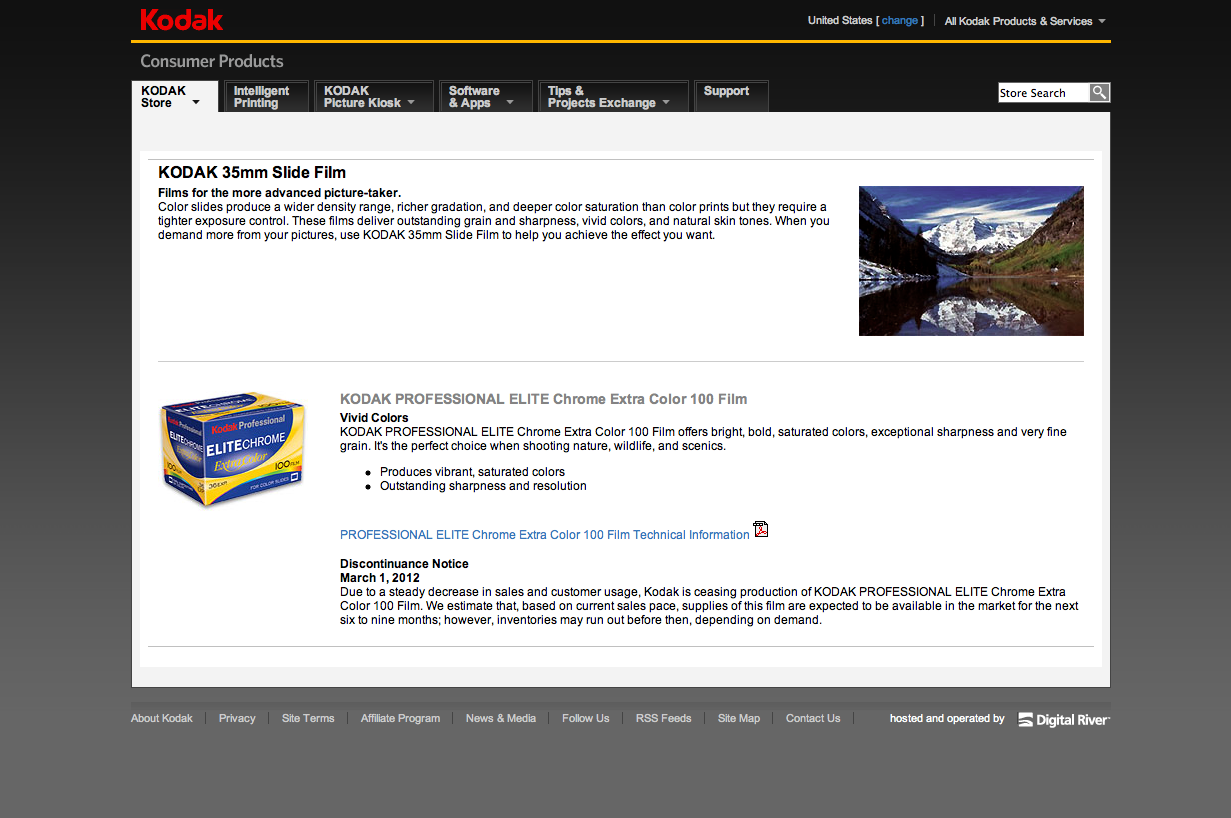
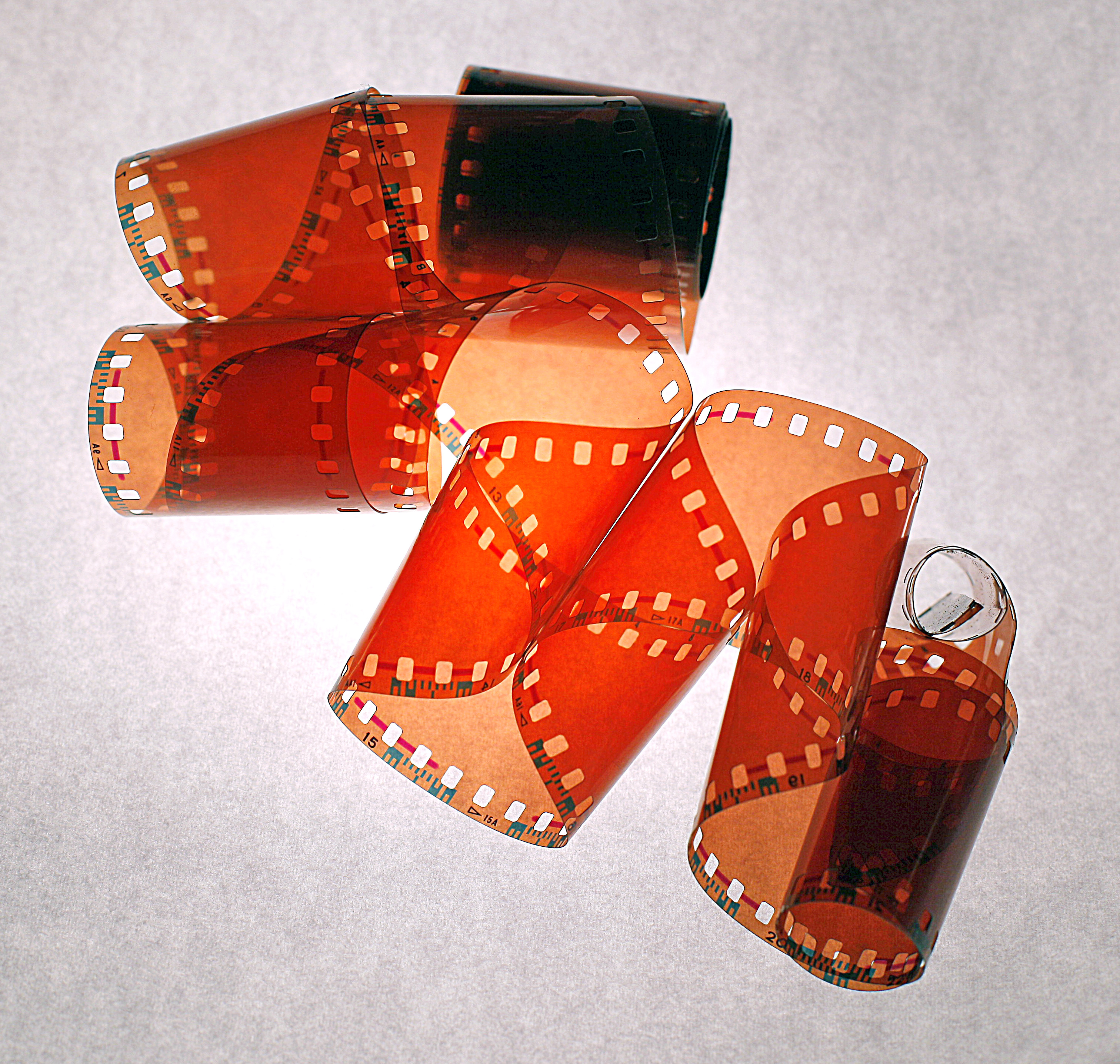


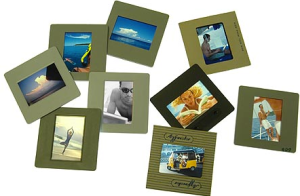
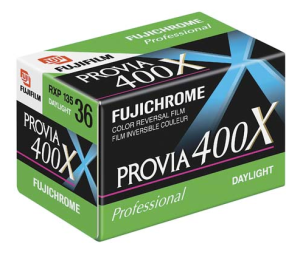





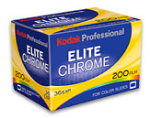




In the late 80’s and early 90’s I used to cross process all of the time for magazines like ELLE, VOGUE, L’Officiel, etc and use an 81c filter to compensate for the coldness and underexpose the images at 80iso when shooting 100iso Provia. However, I think you may have a point as my shadows were extremely black and contrast and thus will try over exposing my Provia 120 film at perhaps 1:3 to 2/3rds over, i.e. 160 iso. Are you findizngthat works for you to bring out more detail in the shadows and how much are you over exposing please?
Neat! Sounds like you have even more experience than I do in this. The specific chemistry that my local lab put the films through was likely generic Kodak mixtures, but people can not assume that all labs are the same, and so things will look different. I did not overexpose these tests at all. If you do overexpose the Provia you might find the shadows stay black but the highlights blow out. Or it might do what you want. I always got wacky unpredictable results when cross processing, and that was part of the fun.
I was wondering if I can process old Kodak kr123-20p and KM 135-20p chrome in our C41 process without wrecking our C41 CHEM?
Anyone know this?
Tibor
I have heard it wrecks the Chem a bit, but you would have to ask the lab guys.
OH CORRECTION KR 135-20P NOT as above. Typo
Tibor
I was searching for processing C-41 film in E-6, found this. Love the slide projector. I’m currently exhibiting slides and filmstrip in Bracebridge, Ontario until December 16, 2016. Five different projectors, screening motion pictures, too, at 3pm, Saturdays December 3 and 10 at The Chapel Gallery, part of my exhibition “Looking for Muskoka”. All new images using old equipment
Cool! I’m glad people are still using the “old stuff”
What about developing Ektachrome in E6? I have a bunch of the old 4×5 slide film coming in.
Not sure about the Ektachrome. It’s all a big experiment!
(Errr, yes, Ektachrome IS a slide film and will expect E6 chemicals, so it should be fine.)
Ektachrome is already normally processed E6. It’s slide film. Unless you meant to say, Ektachrome in C41, or the color negative film Ektar in E6.
Ektachrome processed in C41 will, like most other slide films, tend towards heavy blue and cyan tints on cloudy days or sometimes in strong daylight when the color temperature is around 6500K. It’s similar to what you see here. But that’s just a general rule of thumb, cross processing can have quite a bit of variance depending on the exposure, how long you let the chemicals soak, etc. Contrast is also generally boosted.
If you cross process a color negative film like Ektar in E6, you get a loss of contrast and saturation. It will look like it has an instagram filter or that “lomography” look with weird color shifts. Often the color shift is orange, reddish, or yellowish. The overall impression it imparts is a faded, aged look.